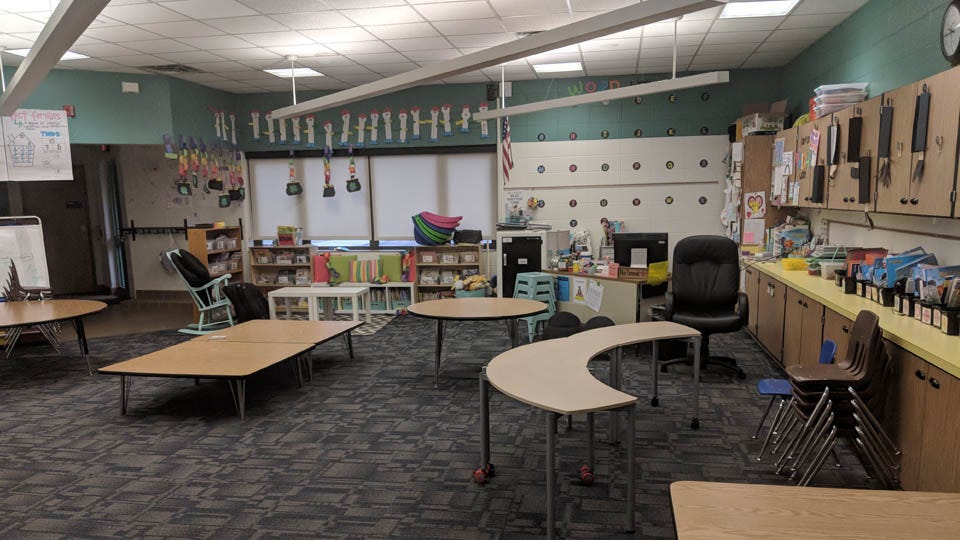Study: School Funding Gap Widening in Indiana
 (IIB Photo/Wes Mills)
(IIB Photo/Wes Mills)
Subscriber Benefit
As a subscriber you can listen to articles at work, in the car, or while you work out. Subscribe NowA new study from the Center on Reinventing Public Education in Washington says inequities in school funding have grown since property tax reforms took place in Indiana more than a decade ago. The study, commissioned by the Richard M. Fairbanks Foundation in Indianapolis, says schools in low-income communities and public charter schools receive less than their counterparts. Additionally, the study says funding for students with disabilities and English language learners is “also insufficient to meet their needs.”
In an interview with Inside INdiana Business, Fairbanks Foundation Chief Executive Officer Claire Fiddian-Green said the funding gap has widened since 2008.
“With the property tax reforms in 2008, that required that districts went to local taxpayers with referendums before any new taxes could be levied. First of all, public charter schools cannot access local property tax dollars, or have not been able to, so that’s one factor. But since 2008, there have been more than 100 successful referenda and that has been traditionally the wealthier districts who have put forth referenda and had those succeed. So that has expanded the gap between wealthier and less wealthy districts, including public charter schools.”
According to the study, the property tax reforms have widened the spending gap between the wealthiest and poorest schools and districts from 38% to 53%.
The study adds students of color are disproportionately impacted by the funding gaps. Data shows that per-pupil funding for schools where at least three-fourths of students are white is 18% higher than funding for schools where less than one-fourth of students are white.
Fiddian-Green says the report identifies four key solutions to addressing the inequities throughout the state.
“The first and primary recommendation is that we should differentiate our state funding for schools based on local wealth rather than granting the same basic state aid to every district, regardless of their ability to generate or access local property tax revenues. We should also return to a formula where you normalize funding between wealthy and less wealthy local education agencies, and that includes both districts as well as public charter schools.”
The other recommended solutions including granting more equitable funding for low-income students and English language learners, creating a fairer system for special education funding, and sharing local funding with charger schools in a more proportional fashion.
The study says the funding gaps could be compounded by the COVID-19 pandemic, which has had a negative impact on tax revenues in the state.
You can view the full report below or by clicking here.
Fiddian-Green says the funding gap has widened since 2008.
